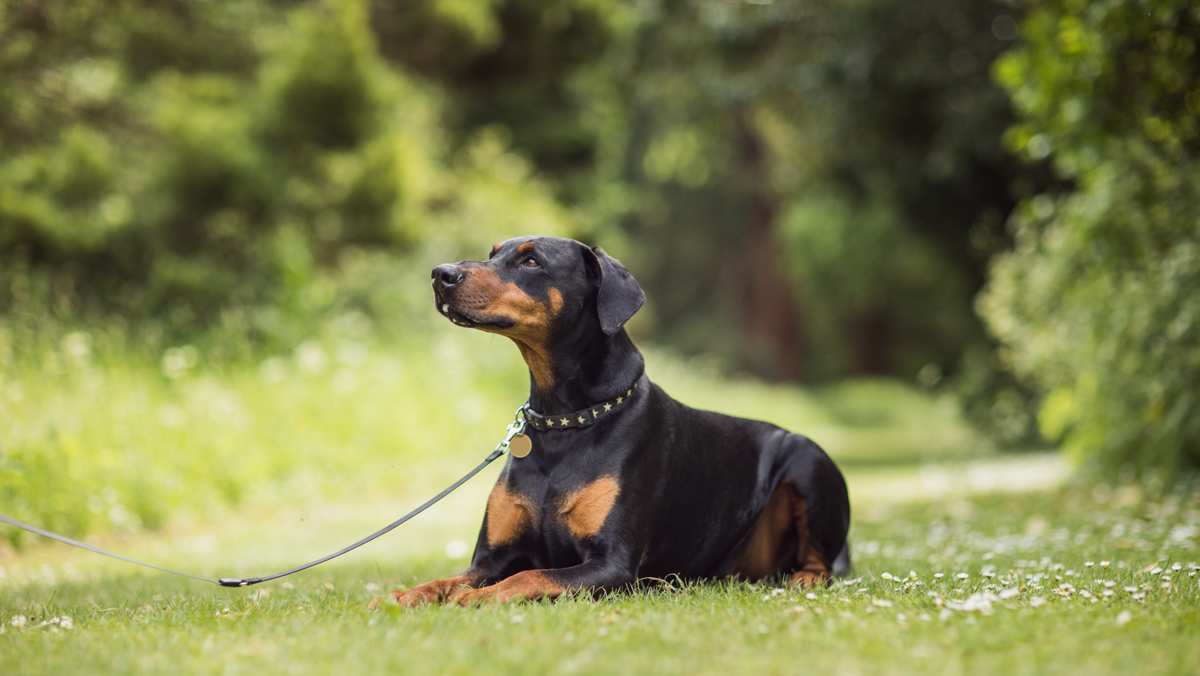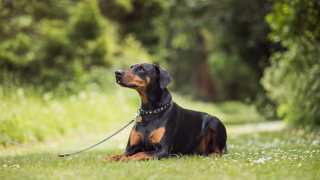Though crafty dog breeders lead people to believe that multiple Doberman Pinscher breeds exist, the AKC and other clubs explicitly state that there is only one accepted breed. Breeders will offer Doberman dog "breeds" with vast differences in size, color, and coat: "We have small Dobermans!" "Ever heard of our Long-Eared Doberman?" or "Come see the King of Dobermans!" Don't be fooled--these dogs are simply crossbreeds. Those in doubt can have their potential pets genetically tested to be sure.
In regards to specific features like head size or weight, there is a bit of variety among individual dogs, but these are naturally occurring and don't indicate a specific sub-type or separate breed. There can, however, be a difference in these dogs' ears--but it's because of owners' choice of cropping length. Overall, three crop styles exist: Military, Medium, and Show. Of these, the Doberman Medium ear crop is probably the most popular among pet owners. (The Show crop is the longest, and takes the most time to develop.)
Another minor difference around the world is in the spelling: in Europe, this breed is often called the "Dobermann" (with two n's instead of one, after German breeder Louis Dobermann, the creator of the breed). Even so, dogs in Europe and in North America are not different breeds of Doberman.
The Doberman breed of dog is consistent in coat length as well: short-haired, smooth, and close-lying. Again, dishonest breeders may advertise "Long-Haired Doberman Pinschers" or a "Furry Doberman" for sale--but these dogs are mixed breeds as well.
The most frequent "variety" is in size, which can be a bit confusing. If a breeder claims to have a "Teacup Doberman Pinscher" or a "small Doberman Pinscher," those dogs may in fact be purebreds--but they're likely Miniature Pinschers (or Min Pins), which is a separate breed. And though the Min Pin may look exactly like a little Doberman, it is in fact genetically different from the standard Doberman breed.
On the other end of the spectrum is the "King Doberman," which can be 32 inches or more in height and 120+ pounds in weight. And though these giant dogs look like extremely big Doberman Pinschers, they're also crossbreeds (most often with the Great Dane), and the Doberman "King" is simply added as a marketing ploy.






